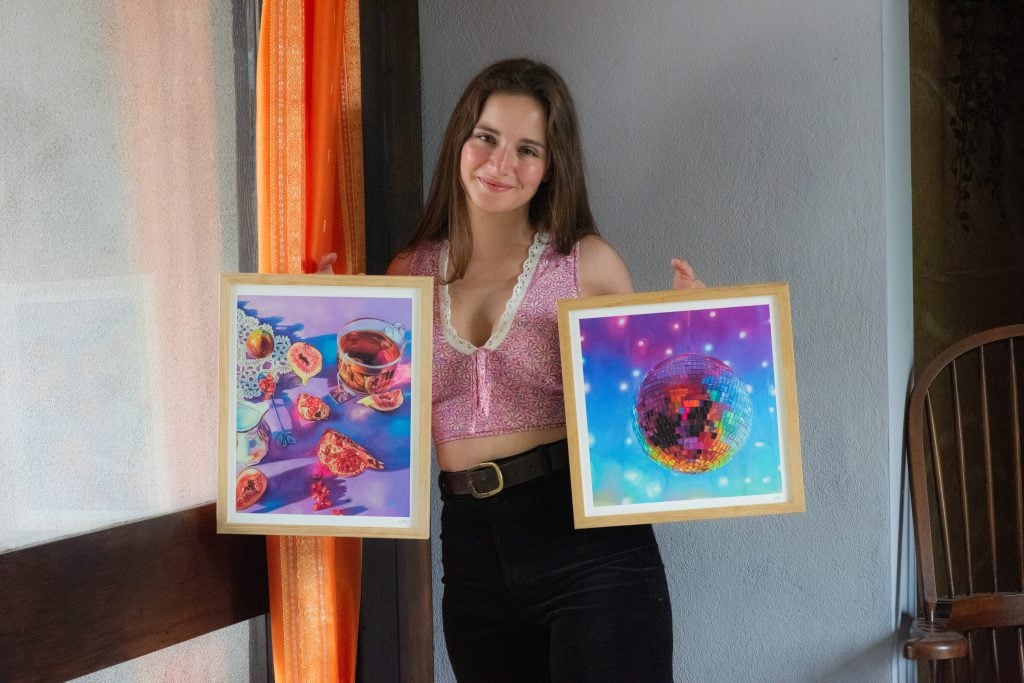
Pricing is a tricky thing for artists. Price your work too low, and you unintentionally signal lower value to collectors; price too high, and your sales will be much slower or even non-existent.
So what is too high and too low? Up to a certain price point, artistic uniqueness, creative quality and the quality of the print and buying experience drives the price you can charge. Beyond that it is obvious rarity and demand being higher than supply that drives prices.
But what if you could flip that conversation and actually offer accessible, medium, and high-priced prints and original artworks at the same time? We’re going to show you how. But first, let’s talk about how social media has changed the art world.
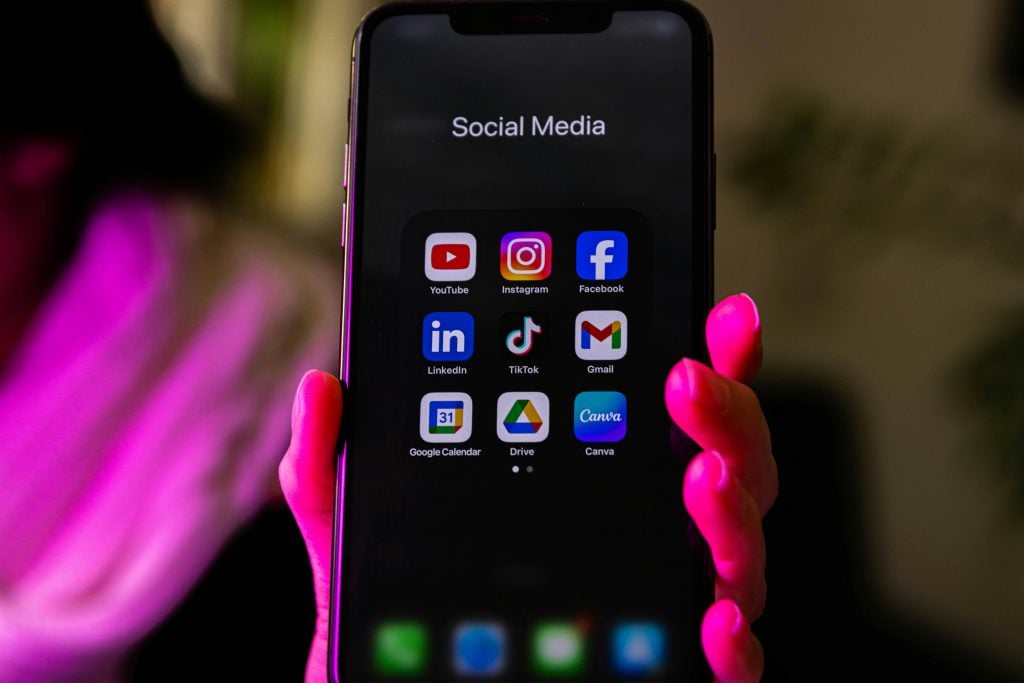
The art world has changed.
Social media is now the number one way that new collectors will discover your artwork. People are definitely still interested in art fairs and galleries and pop-up experiences. More than ever art lovers want IRL experiences, but they’ll discover about you on social media.
We don’t think it’s controversial or would be that surprising for anybody to read that. But it is interesting that not many people realise just how much art is sold through social media.
Successful artists who have the potential to sell a lot of prints and original artworks are starting to wake up to the fact that social media is the primary vehicle for doing that. And if you read the news, this is having a profound effect on traditional art world structures.
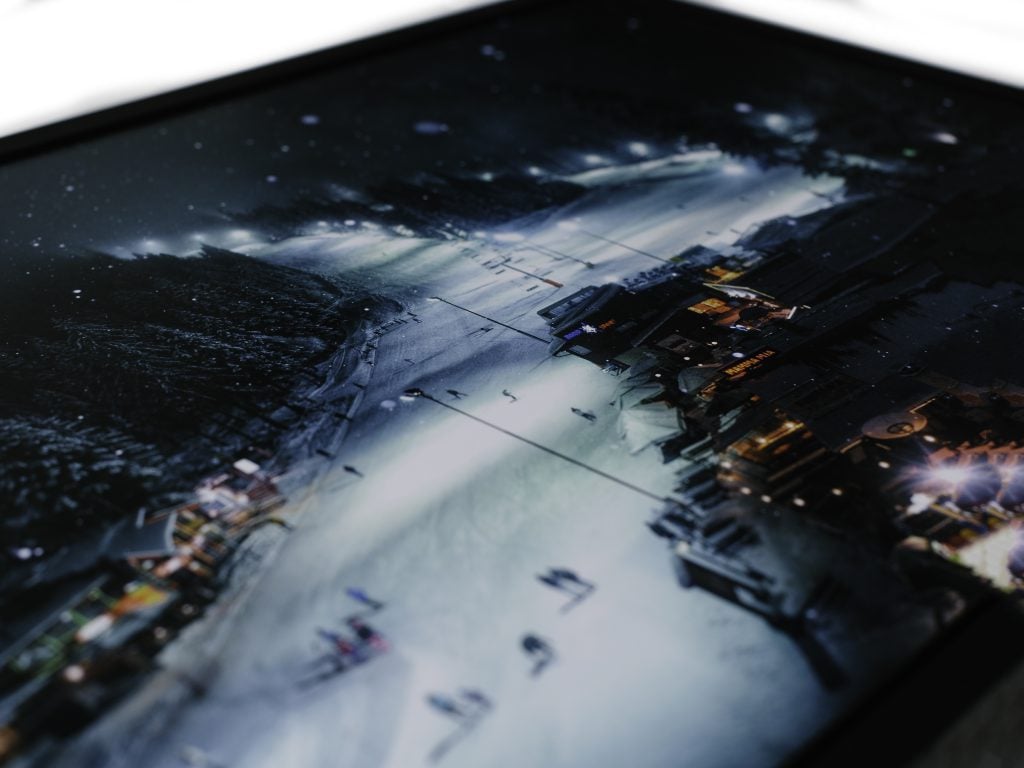
So, how does this change your pricing?
There are 3 billion people on social media. As well as being the type of collectors who would buy the high-priced editions and work, there’s also a bunch of potential; collectors discovering your art for the first time who can’t afford those prices. It’s important to get those people started on their collector journey with you.
When you use social media to enable people to discover your art, the way to maximize your profit is to sell accessible additions to a wide number of people, whilst maintaining the differentiation between your more exclusive editions, so as not to undermine the value of those.
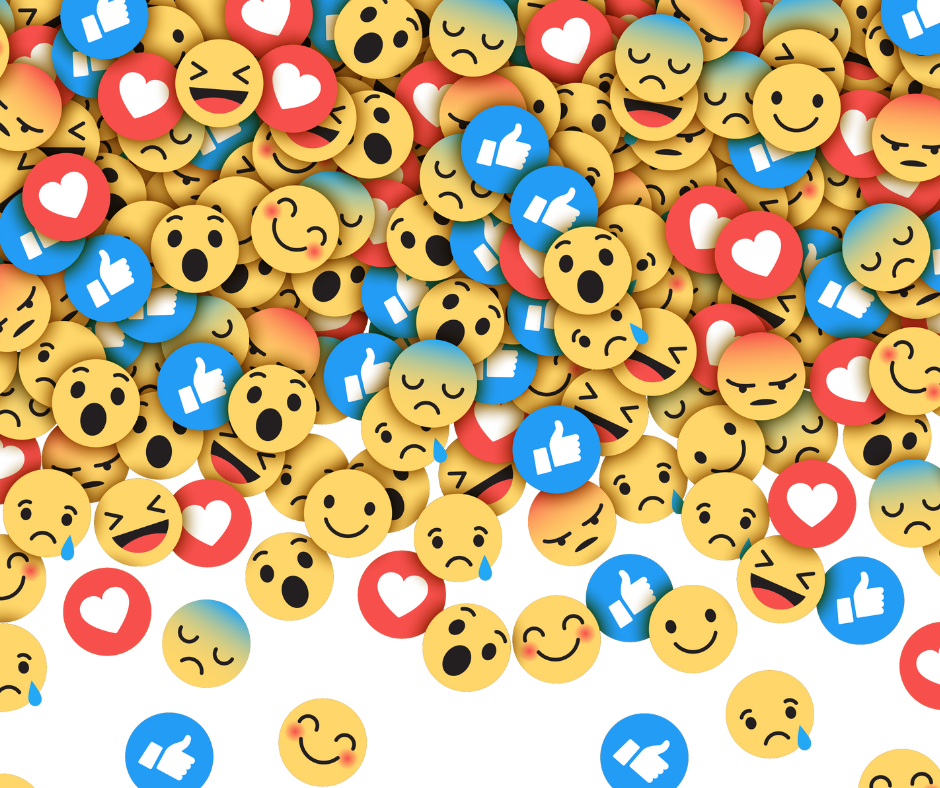
Exclusive editions and accessible open editions, or larger editions can and do co-exist together and play nicely with each other provided you differentiate clearly between them. So you can, like many successful artists, sell accessible work at accessible price points,alongside high-priced work at the same time.
In other words, you can have your cake and eat it! This has many comparisons in the wider business world. For example, several major fashion houses use tiered brand architecture to reach different customer segments without diluting their core luxury identity.
For example, take Armani. At the top sits Giorgio Armani, the house’s pure expression of luxury, bespoke tailoring and refined couture crafted for the runway. Beneath it, Emporio Armani translates that elegance into contemporary fashion for a younger, urban audience. Armani Exchange, meanwhile, brings the brand’s aesthetic to the mass market with trend-led, accessible pieces.
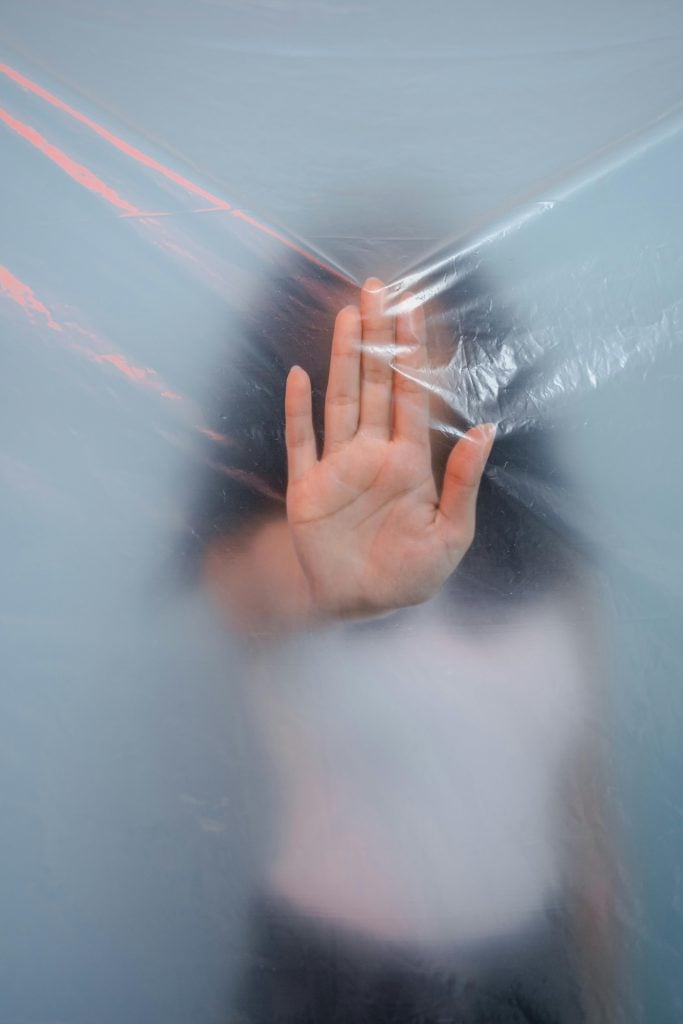
Avoid this common pricing trap!
A lot of artists think that offering lower-priced, accessible work somehow will always restrict them to these price points. However, that’s just not the case.
When you’re starting out, you can start out selling open edition or time-limited editions at accessible prices, and as your demand builds, you can offer higher price exclusive editions. In other words, don’t run before you can walk.
If you just start out selling higher-priced, exclusive editions before you’ve built that collector base and demand, you will probably have little or no sales at all. You might get very demoralized by this and think that the market just isn’t interested in your work. This is a common mistake that we see a lot of people make.
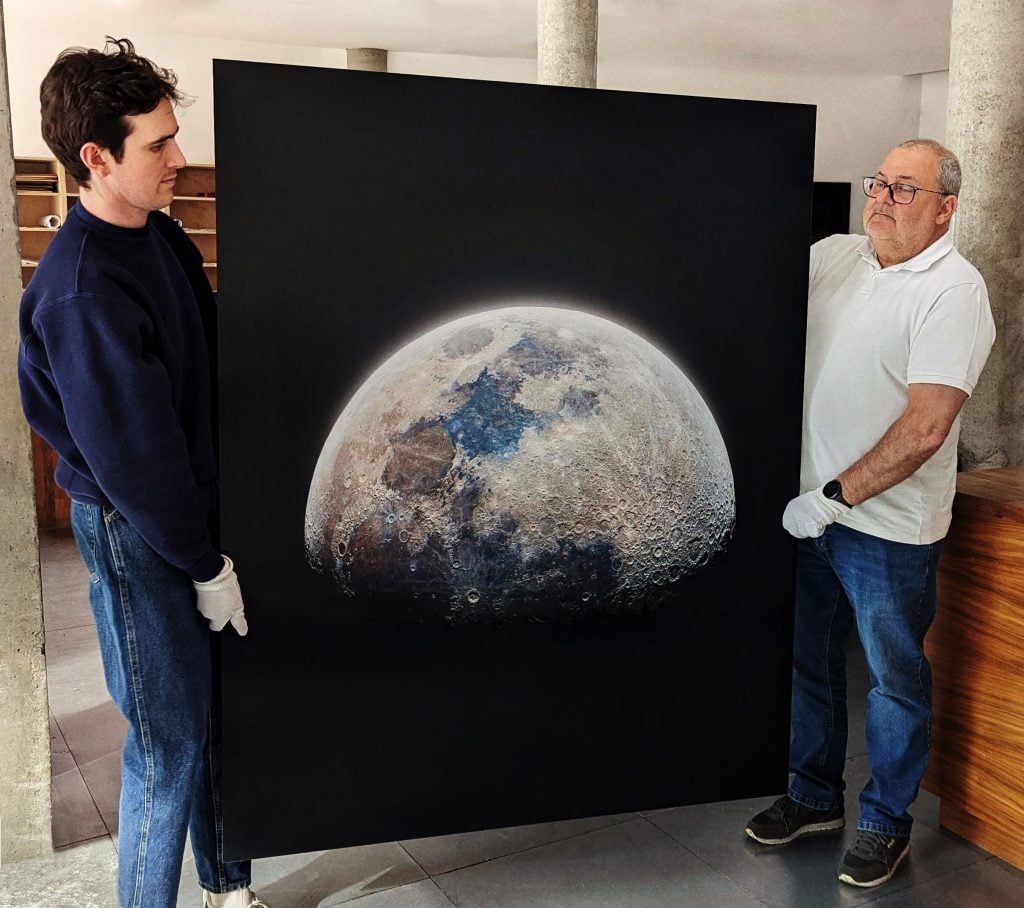
The New Tiered-Pricing Collector Funnel
So, what do we recommend in the way of a tiered collector funnel for our team?
Accessible editions:
Open or larger editions, smaller sizes and prints either unsigned or authenticated by COAs, priced to sell in higher volumes to attract new collectors and get them started on their collector journey with you. These would typically be priced between $100-$300 depending on size. To determine the exact pricing, work out the average cost including delivery and double it, and you’ll be in the right ballpark. In other words, aim for margins of 50-60%.
Exclusive editions:
These are higher priced, more exclusive & rarer works that are released in smaller editions or larger physical sizes, hand-signed or digitally signed. Margins here should be 70-95%, depending on your career stage and demand.
Uniques and originals:
Premium-priced originals or unique statement pieces for high-value collectors. Might include bespoke framed prints with tray, box or floating frames. These should be priced based on demand and with reference to other artists who you consider to be peers.
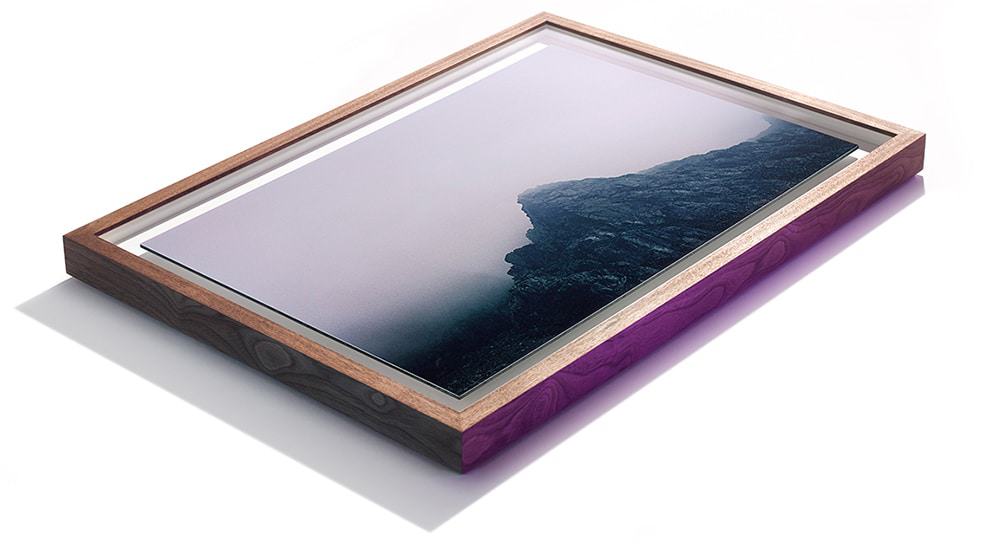
The methods of differentiating your accessible lines with your more exclusive editions is by:
Authentication method. Is it unsigned or with a COA only or digitally signed/ hand-signed
Physical Size. Your more accessible editions can be in the lower sizes, and your more exclusive editions could be in bigger sizes only.
Complexity of our work. Is it a statement piece or a real marquee piece of work for you? Or is it less complex?Is it one of the works that took you far longer to create?
Summary
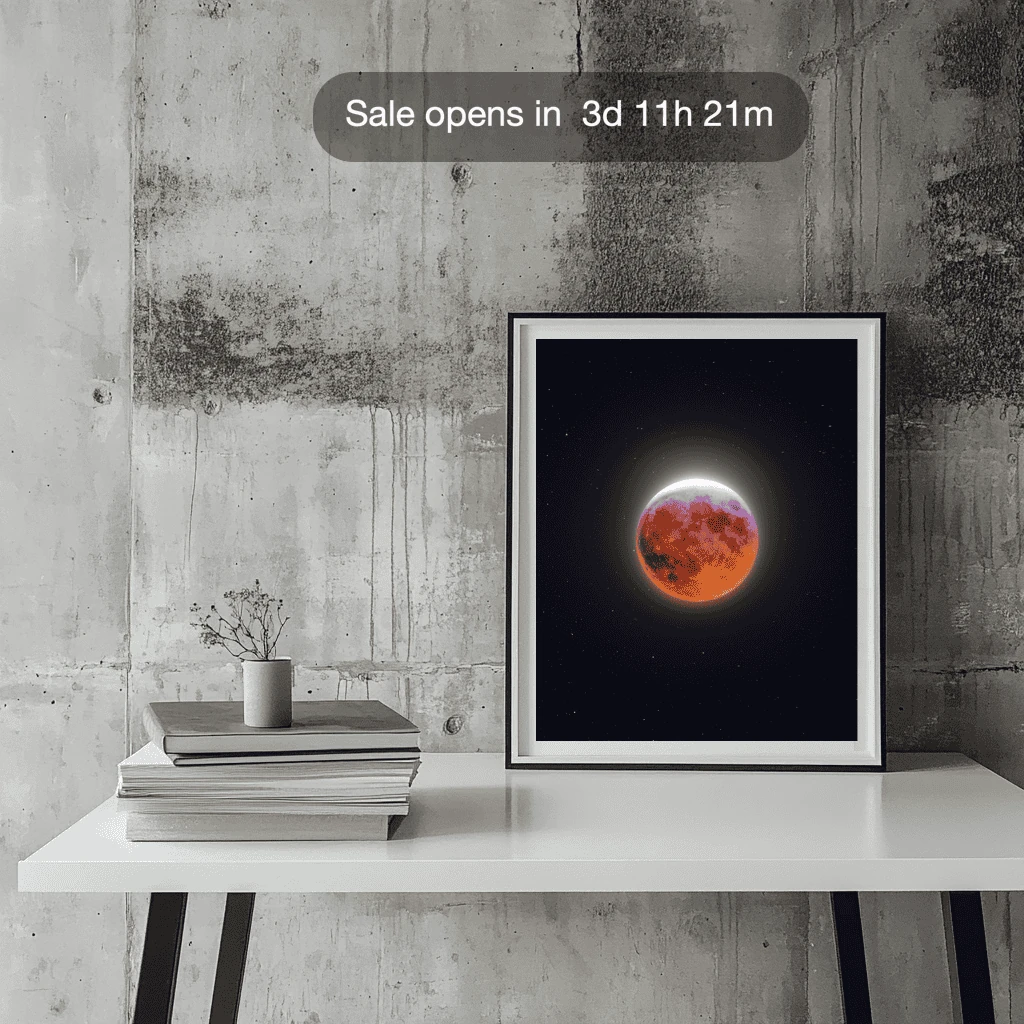
Here’s our opinions on pricing summarised:
Cater to every price point and get people started on your collector journey.
Differentiate between your accessible price points and your exclusive, higher price point.
Offering accessible editions won’t restrict your pricing power or forever mark you as a low-price start. Get people started on their collector journey with you. Even the biggest artists offer accessible price points for their work now.
Use social media to not just generate awareness, but to sell.
Understand the art world is changing fast. Don’t get stuck in legacy ways of thinking.
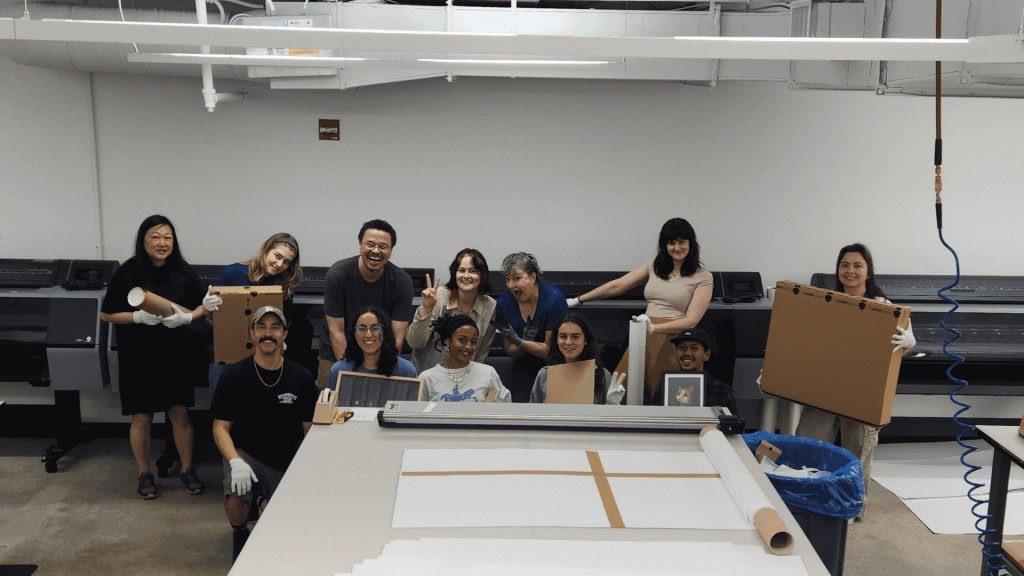
Use theprintspace to deliver the right experience.
One thing to focus on is ensuring the whole buying experience from the quality of the prints to the speed of delivery matches the price point otherwise you will quickly undermine trust in your brand.
If you deliver the right experience then one-off collectors will become repeat collectors and advocates, which brings in more collectors.
At theprintspace, we own three production facilities globally in New York, London and Dusseldorf. It’s in these production facilities where your prints are lovingly crafted and inspected before being sent out.
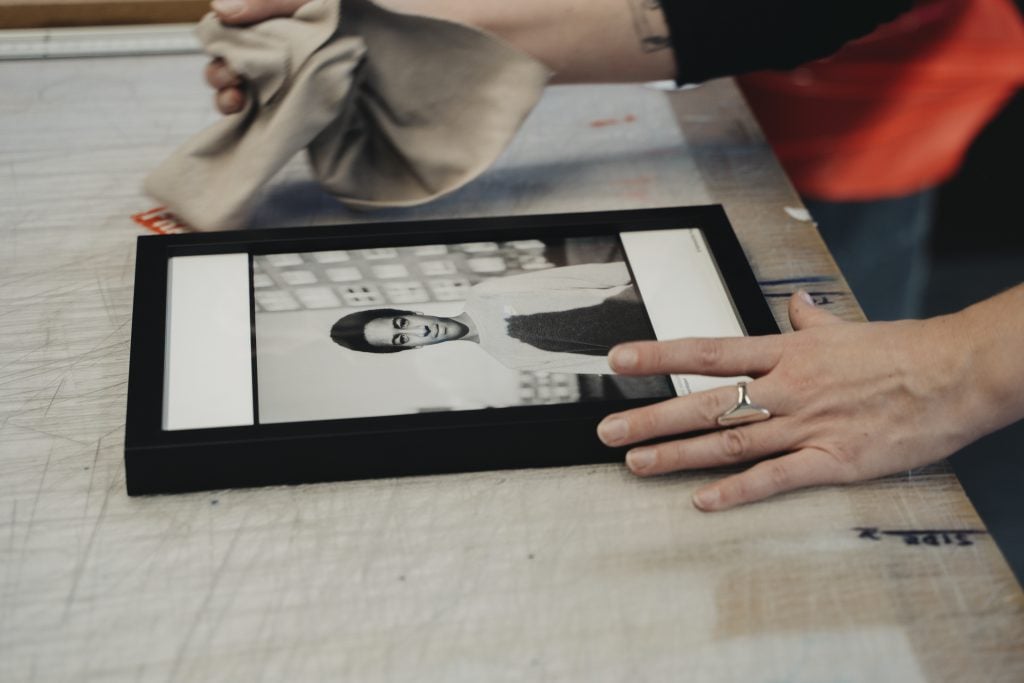
We use high-quality bespoke. handmade or pre-made heavyweight frames depending on your price points, and we package everything in sustainable, eco-friendly packaging made from recycled materials.
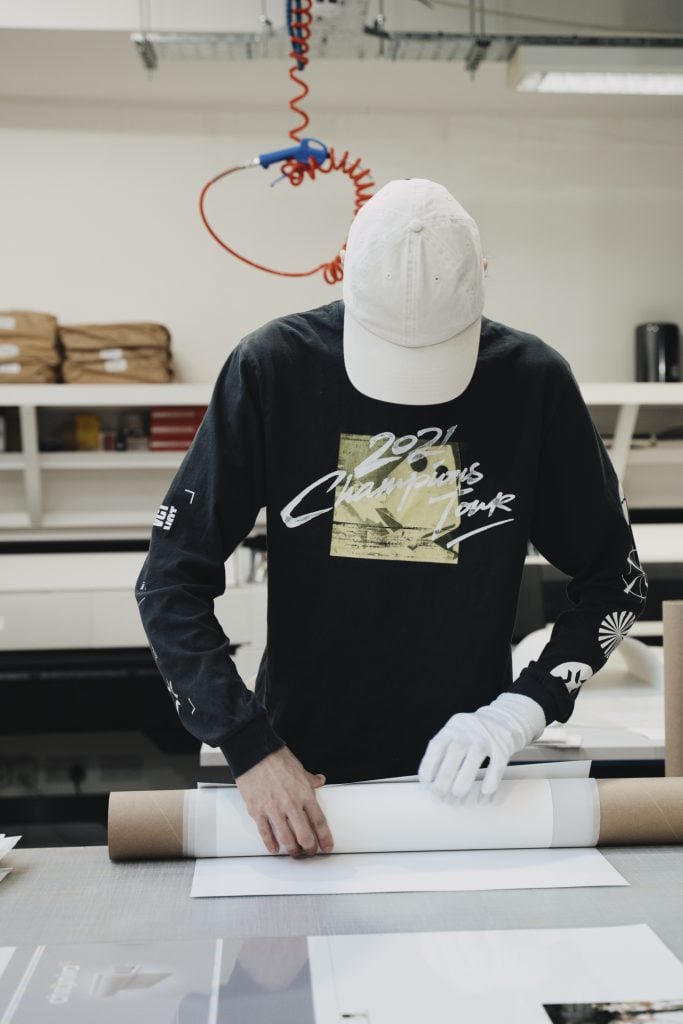
Every package carries your branding, and white label tracking links are sent to every collector of yours as soon as their order is dispatched.
If you want to find out more about our print on demand service, then you can go on our website or art sales help centre, or chat with our customer service who will be more than happy to help you.